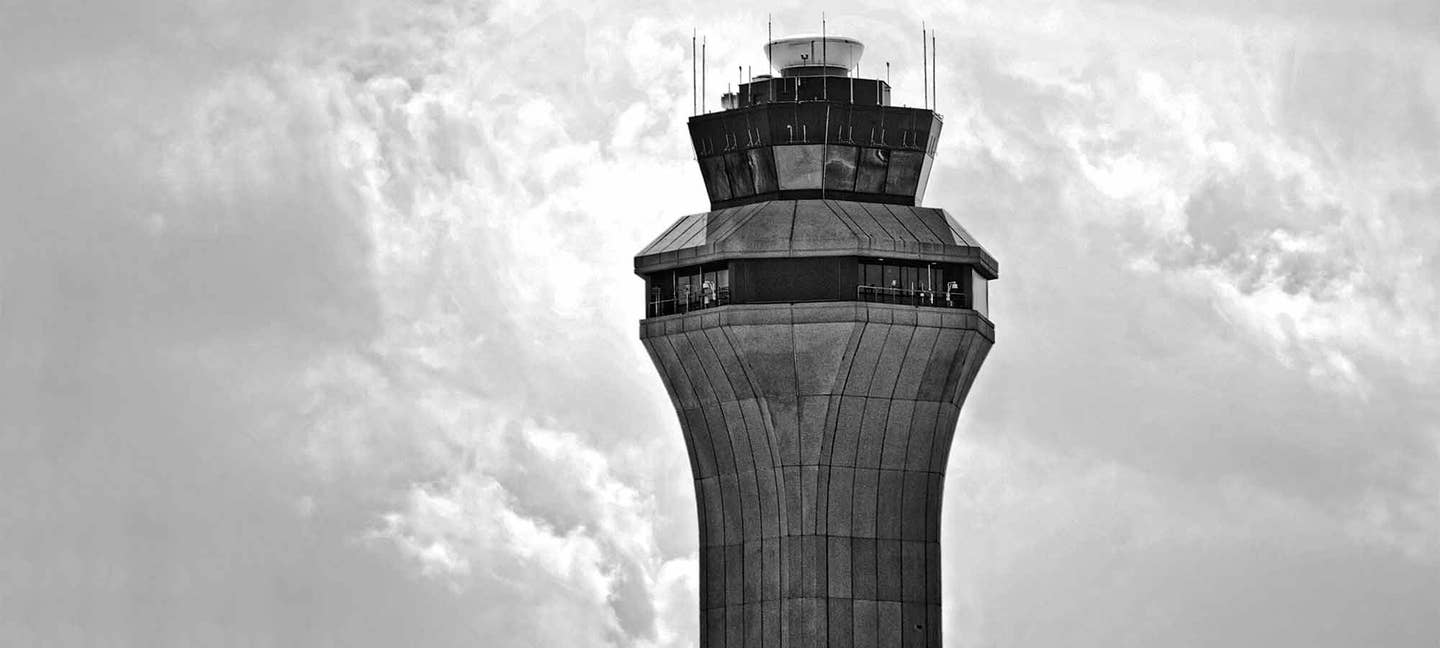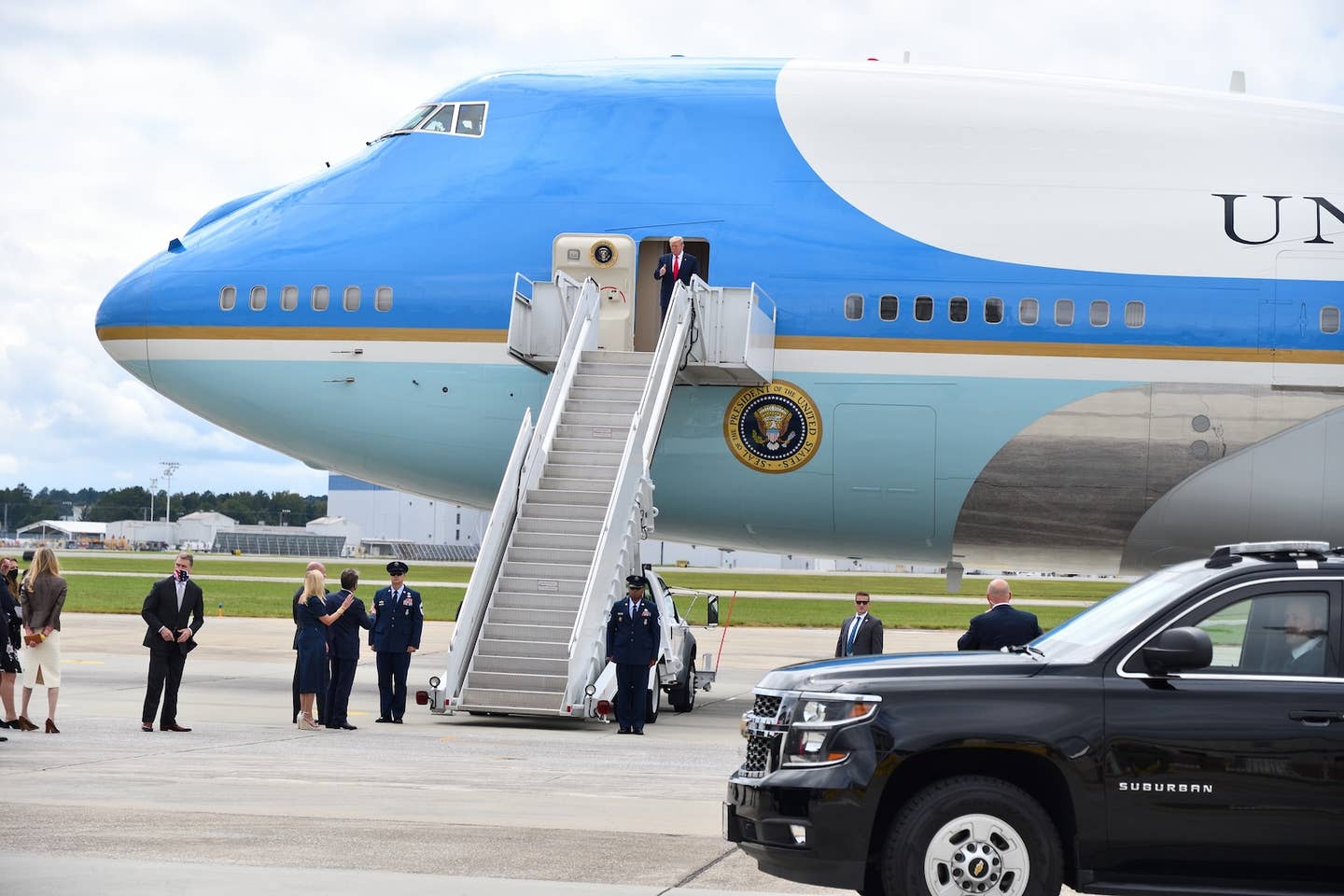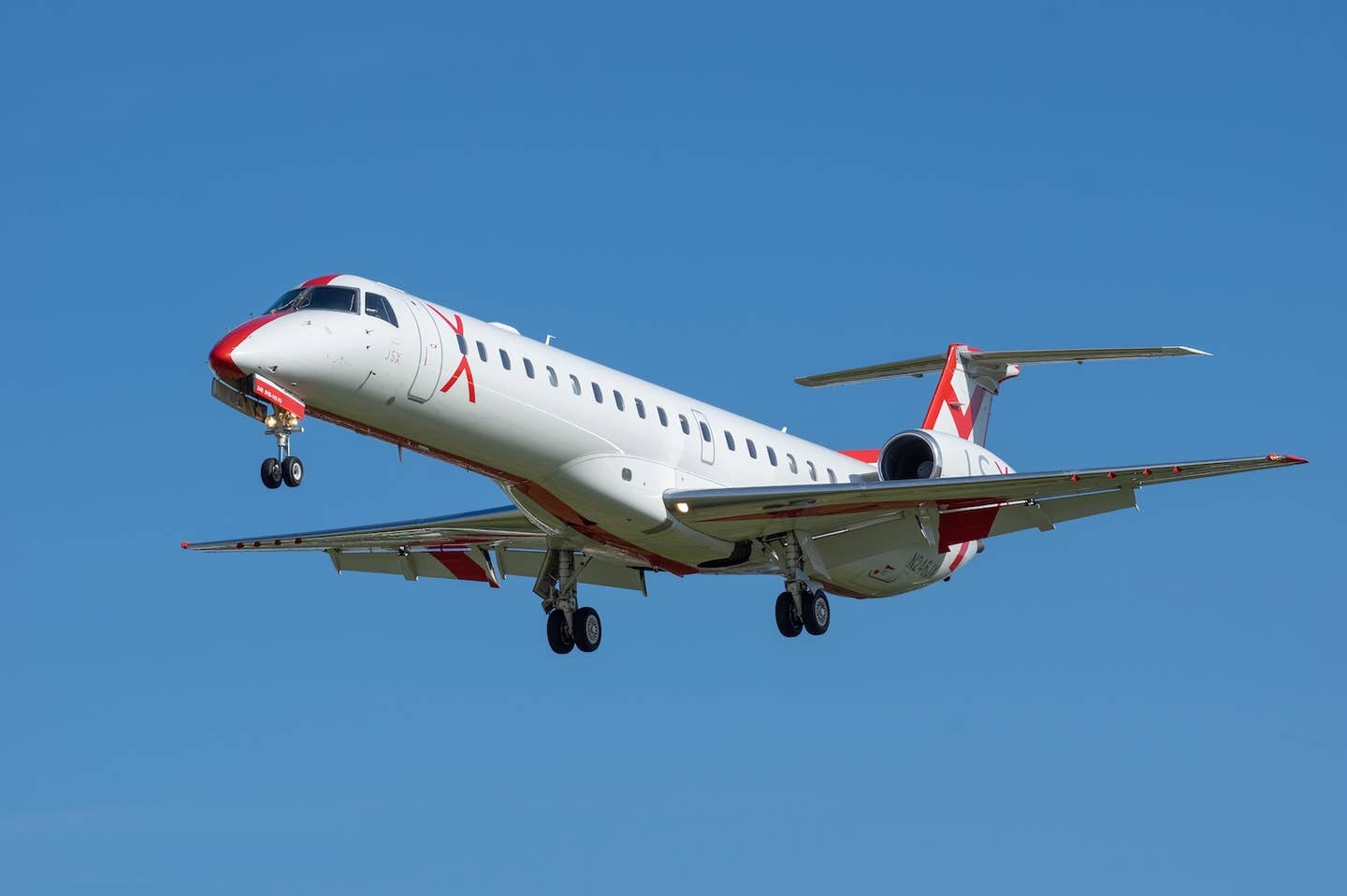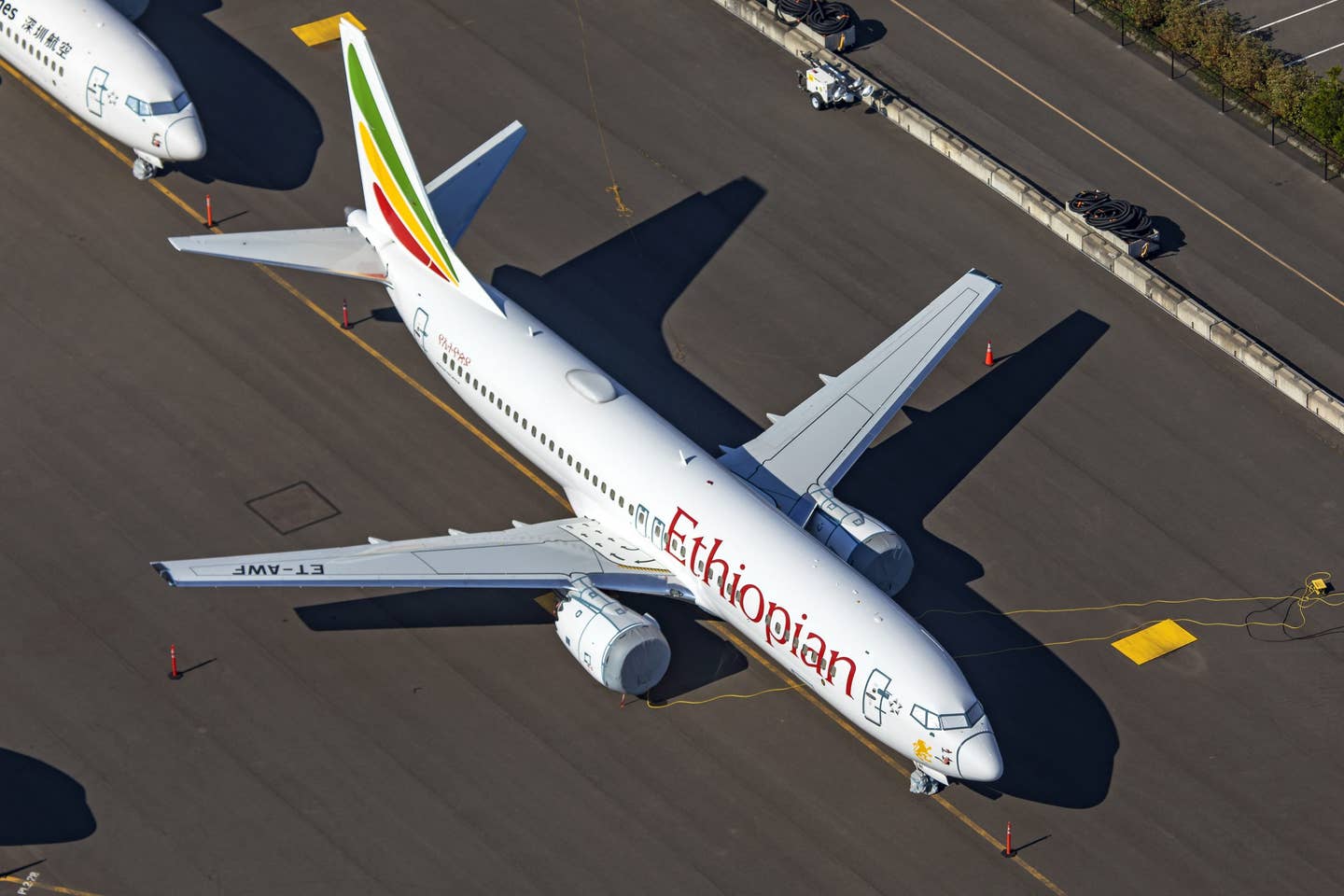
The battle lines have been drawn. The airlines want to privatize air traffic control, while general aviation interests remain steadfastly opposed. Linked with the plan to sever ATC from the FAA come real concerns about whether supporters are avoiding the most pertinent questions, such as how privatizing ATC will solve modernization issues, or whether Congress will actually have oversight of the new corporatized entity. Unmatched anywhere in the world for safely separating more aircraft in a month than some countries might in a year is the U.S. air traffic control system. The FAA has ably operated the ATC system for 80 years, but some in Congress want to spin it off into a private, not-for-profit corporation. Supporters believe this will be the year that could finally see privatization succeed thanks to support from a Republican Congress and the White House. The FAA’s weaknesses running the ATC system certainly are well-documented, and the agency’s failure to bring NextGen fully to fruition despite years of effort and billions in additional funding has been the subject of much criticism. In an ATC reform plan presented last year by Bill Shuster, R-Pa., who is the chairman of the House Transportation Committee, the congressman argued that surgically separating air traffic control from its parent agency represents a critical first step toward ensuring a stable funding stream for ATC. His plan calls for user fees to finance the new organization and a board of directors to oversee operations. While not specifically endorsing separation, Department of Transportation Inspector General Calvin Scovel’s testimony before the Transportation Committee on ATC reform in May took the FAA to task for years of project mismanagement, while balancing the discussion with a few of the agency’s noteworthy successes along the way.
Aviation groups — AOPA, the National Business Aviation Association, the General Aviation Manufacturers Association, the National Air Transportation Association and the Experimental Aircraft Association — as well as a number of congressional members from both sides of the aisle, want someone to pull the reins back on privatization lest the plan threaten unfettered access to airspace for general aviation. Uneasiness hardly describes the worries that the privatization proposal stirs in opponents, who see the plan as tantamount to a takeover of ATC by the country’s major airlines. When the subject turns to how GA and smaller regional airports will fare under the Shuster plan against big commercial hub airports, few hard facts can be gleaned. And what, many ask, does removing ATC from the FAA have to do with modernization, anyway?
Why Now?
What makes this privatization push different from past attempts became clear in early June, when President Donald Trump stood before microphones in the East Room of the White House, announcing the country was ready “to enter a great new era in American aviation,” adding, “It’s about time, too, I can tell you.”
Trump said he spoke with “passenger advocates, pilot unions, and leaders of airlines and cargo companies,” standing nearby, “who strongly support our new framework and our bidding process.” Absent from the White House announcement, however, were members of the National Air Traffic Controllers Association, NBAA or anyone else representing GA, a move that reinforced concerns about who’d really be running the show.
Republicans now control both Congress and the White House, and Trump has shown himself to be a man who doesn’t shy away from stirring controversy on the pathway to reform, as with his efforts to re-create the U.S. healthcare system or the federal tax code, two efforts that have stalled.
Trump added, “We’re proposing reduced wait times, increased route efficiency and far fewer delays … [currently] costing our economy as much as $25 billion a year in economic output. … We are still stuck with an ancient, broken, antiquated, horrible system that doesn’t work.” Surely, music to the ears of everyone was his pronouncement that the new ATC system will use no tax dollars to create “cheaper, faster and safer travel.”
Reinvented air travel could be a tough sell, but like all ambitious Beltway proposals, the devil will lie in the details. The president’s ATC proposal announcement came with no specifics for implementing anything, only the assumption that Shuster’s plan will act as the guiding beacon to split the FAA, leaving aviation safety to become the agency’s primary role.
In his Reason Foundation newsletter, separation supporter Robert Poole, the foundation’s director of transportation policy, explained that the Republican-supported effort “calls for a three-year transition period to implement the stakeholder board, recruit and select a CEO and top management, and develop the initial schedule of customer fees and charges. This transition period is also reflected in recent [Office of Management and Budget] budget documents that show the phase-out of most current federal aviation excise taxes as the new ATC fees are implemented in year three.”
Because Shuster’s plan actually calls for a reorganization of the ATC system and not a sale in a bidding process, that means control towers, en route centers, radar units and other pieces of equipment that create the system’s backbone would be handed over to the new nonprofit entity, with no down payment required. With user fees imposed to pay for it, the fuel tax would be eliminated, as would a number of passenger taxes currently paid through airline ticket purchases. Implementation dates and rates have not been disclosed.
The Players
Opponents cringe over who might control the new ATC Board of Directors under the Shuster plan, as well as how they’ll be chosen. For the moment, it looks as if the board will include nine members, including a chairman and four additional members chosen at some later date. The initial eight-member board would then choose the chairman to represent the entire board. Early iterations of Shuster’s legislation appeared to favor a controlling majority of the major airlines, or organizations that might be assumed to line up behind the airlines. General aviation, consumers and airport representatives would be offered board seats but would have minority voices.
Poole explained that the initial board would only apply for the first three-year transition term and the first full year of operations under the new ATC organization. He says that following the initial creation, later board members could be added with a simple majority vote, something that “could include far more airline people, for example.” He said no ATC board member could draw a salary from any other organization while serving on the board and that they must agree their fiduciary responsibility would always be to the ATC system while serving.
While it might be easy to see unions siding with the airlines on the new board — after all, what’s good for the airlines is good for the Air Line Pilots Association and NATCA — those organizations could actually present more of a wild card than some have considered. The unions represent labor, and could promote their own agendas depending on the topic at hand. Some air traffic controllers admitted, however, that they had heard no definitive answers as to which way their organization might lean on key decisions as part of the board. Meanwhile, in a statement, ALPA President Tim Canoll called only for union representation on the board, as well as the creation of a “safe ATC system” that includes a fair distribution of user fees. The Professional Aviation Safety Specialists, representing 11,000 FAA and Department of Defense employees, however, thinks separating ATC from the FAA is a bad idea for all.
Financing the new ATC system remains a huge hurdle for all but the airlines. The Shuster plan expects every operator to “pay their fair share,” although what’s fair depends on whose perspective we’re considering. In other ATC systems around the world, fees are often weight-based but sometimes distance-based or based on both. In Germany, for example, each ATC operation, even a touch-and-go-landing at a remote uncontrolled airport, rings up revenue for the navigation-system operator. Poole said he hoped small GA aircraft (likely under 12,500 pounds) might be charged using the sensible Nav Canada system, which requires only an annual fee rather than a per-segment charge. Whether that system would work for aircraft using the IFR system, or how paying a much smaller percentage of operating revenues might alter ATC priorities for GA aircraft, is a big unknown. The business aviation industry, with its thousands of aircraft, mostly weighing more than 12,500 pounds, worries about those priorities as well as how its share of the costs might be determined.
Another worry for general aviation users is the proposed mechanism to collect the new ATC organization’s revenues. Currently, dollars for ATC services are collected through a fuel tax; the more an operator flies, the more fuel they purchase, hence the greater their tax contribution. Under Shuster’s plan, an undefined revenue-collection mechanism would be created, possibly translating into a steep learning curve, or added bureaucracy weighing down the net bottom line. Poole says an already-proven international collection system could be easily adopted when needed.
Defining the Problem
There are worries, and then there is outright opposition to severing ATC from the FAA in any form. AOPA wants no part of user fees of any sort, while NBAA says it’s gravely concerned about not just user fees, but airport and airways access. It has also asked privatization proponents to succinctly explain how separating ATC from the FAA solves the modernization question. Air traffic delays, often mentioned as a primary reason for needed change, are viewed by many as caused by the airlines themselves through a desire to flood hubs with flights that arrive in packs rather than being logically spaced so as not to overburden the system. Skeptics also don’t believe executives from the airline industry can help mount an ATC modernization effort when their own in-house technology seems to fail so regularly.
NBAA’s concern about the agency’s splintering highlights another fundamental question being raised outside the Shuster plan: Exactly what problem is the plan trying to fix? Efficiency and modernization are end results. The system is already the safest on the planet. Do we run risks altering a finely tuned engine that’s not actually broken, thereby creating a host of new problems?
“The White House principles make a gross misrepresentation that the air traffic control system is broken, but the facts don’t support the claim,” said EAA CEO and chairman Jack Pelton. “This proposal is a solution in search of a problem.” An NATA response added, “The Trump proposal introduces significant uncertainty to the world’s largest, most complex and safest air traffic control system, offering a radical solution to issues that can be addressed within the FAA’s current framework,” as well as “increas[ing] the costs to be borne by the nonflying public.”
In mid-June, House Democrats countered the ATC privatization plan by launching the Aviation Funding Stability Act (H.R.2800), calling for reform of ATC, but from within the FAA. Under the proposed law, the system would be financed by continuing the current fuel-tax-collection system, but wresting the Airport and Airways Trust Fund free from the federal budget process to prevent the regular congressional roadblocks that have derailed modernization projects in the past. The Democratic proposal says its revamped ATC system will also solve many age-old problems at the FAA once and for all by revamping procurement and personnel policies.
Finally, there’s the also gray issue of oversight. Critics claim creating a nonprofit ATC organization removes it from congressional oversight, potentially robbing users of an opportunity to voice their concerns about ATC and air-travel issues. In a June Politico article, DOT Secretary Elaine Chao said the administration is concerned that so many users, especially those in the GA world, seem so “misinformed” about the Shuster ATC proposal. If members of the general aviation industry think any new entity running the system is limiting their access to U.S. airspace, they can still appeal to their lawmakers, Chao said. “Being in the private sector, being in the nonprofit sector, does not mean that it’s exempt from congressional oversight,” she said.
A formal Republican-supported ATC reform bill is expected to be released soon, perhaps by the time you’re reading this. No matter which plan, if any at all, is eventually adopted, the number of people affected by the aviation industry’s problems pale in comparison to those worried about paying for healthcare, for instance. If Trump truly represents the transformational catalyst his supporters claim, solidifying a new ATC system can avoid the kind of congressional or judicial gridlock facing some of the president’s efforts today by bringing the flying public, the millions who travel daily but understand nothing of this debate, up to speed on the pros and cons of a potential change.
Critics a few years ago chastised Obamacare supporters for believing the hype and simply assuming the end product would all work out in the end. It didn’t, and without solid operational facts, neither will a revamp of our air traffic control system. Until those facts are made clear and opened up to serious debate, the president’s hope for Americans to “move faster, fly higher and soar proudly toward the next great chapter of American aviation” remains little more than a pipe dream.
(This feature was published in the August 2017 issue of Flying; however, the future of ATC is changing daily, especially as the House looks to pass the 21st Century AIRR Act, which includes privatization, and the Senate seeks to pass long-term FAA reauthorization that would leave control of the current system in the hands of the FAA. To keep up with the latest on ATC privatization, subscribe to our eNews and follow us on Facebook.)

Sign-up for newsletters & special offers!
Get the latest FLYING stories & special offers delivered directly to your inbox






